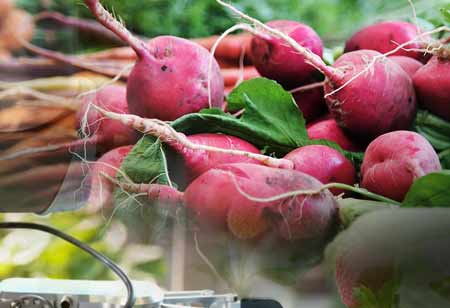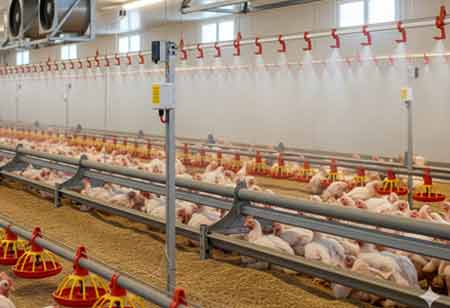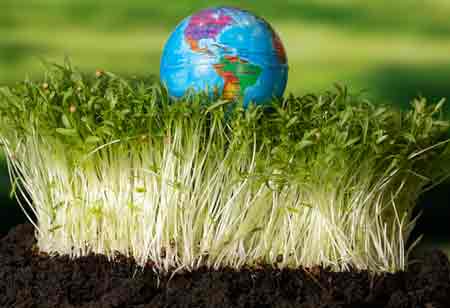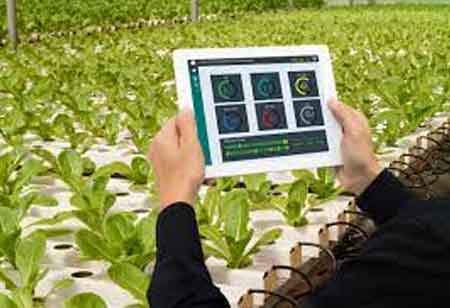Thank you for Subscribing to Agri Business Review Weekly Brief
The key role of IoT in the Upgradation of Agribusiness
With the growing adoption of the IoT, connected devices have penetrated every aspect of life,

By
Agri Business Review | Monday, March 07, 2022
Stay ahead of the industry with exclusive feature stories on the top companies, expert insights and the latest news delivered straight to your inbox. Subscribe today.
There are so many methods IoT technology can support farmers to enlarge their farm’s performance and revenue.
FREMONT, CA: With the growing adoption of the IoT, connected devices have penetrated every aspect of life, from health and fitness, home automation, automotive, and logistics, to smart cities and industrial IoT. Farming has seen several technological evolutions in the last few years, becoming more industrialized and technology-driven. By exploiting several smart agriculture gadgets, farmers have better control over growing crops, making them more predictable and improving efficiency. Here is an analysis of IoT use cases in agriculture.
Smart agriculture is mostly applied to denote the application of IoT solutions in agriculture. By exploiting IoT sensors to gather environmental and machine metrics, farmers can make informed decisions and enhance every aspect of their work – from livestock to crop farming. By applying smart sensors to monitor the crops, farmers can find exactly how pesticides and fertilizers they have to utilize to reach optimal efficiency. It suits the smart farming definition.
Technologies and IoT can change agriculture in many aspects. Data is collected by smart agriculture sensors, e.g., weather conditions, soil quality, crop growth progress, or cattle’s health. It can leverage data to track the state of agribusiness in general and staff performance, equipment efficiency, and many more. The potential to foresee the production output permits farmers to plan for better product distribution. If farmers learn exactly how many crops they will harvest, they can ensure their product won’t lie around unsold.
The most common smart agriculture gadgets are weather stations, coupling various smart farming sensors. They gather different data from the environment and send it through the cloud across the field. They can leverage provided measurements to map the climate conditions, choose the right crops, and take the required measures to uplift their capacity. Farmers use manual intervention to reduce the greenhouse environment. IoT sensors permit them to get accurate real-time data on greenhouse conditions, including lighting, temperature, soil condition, and humidity.





